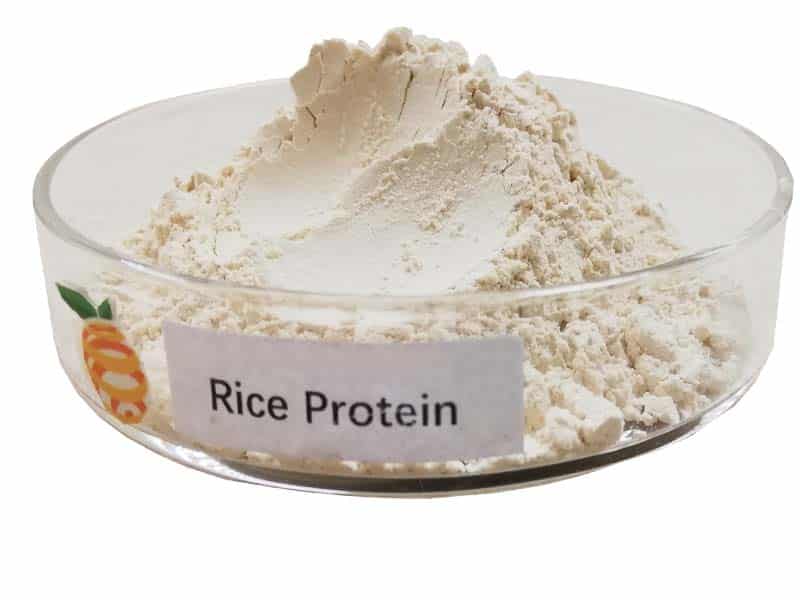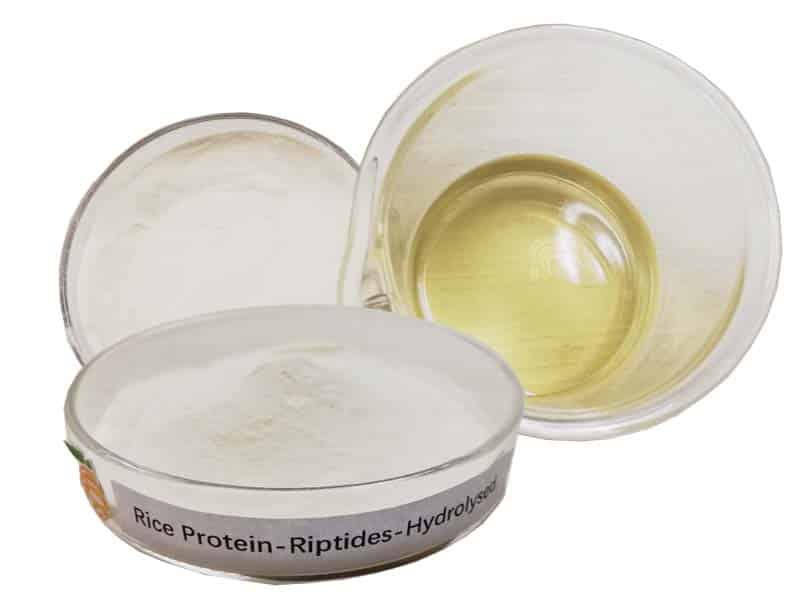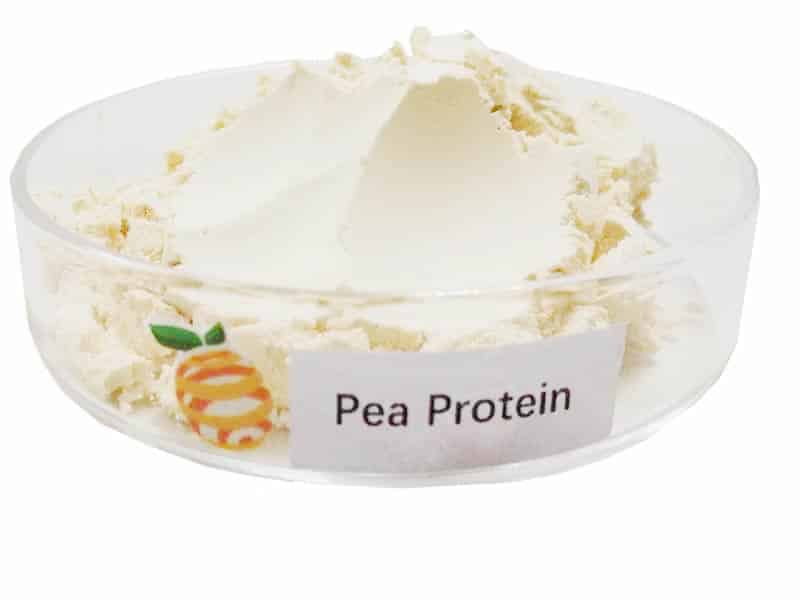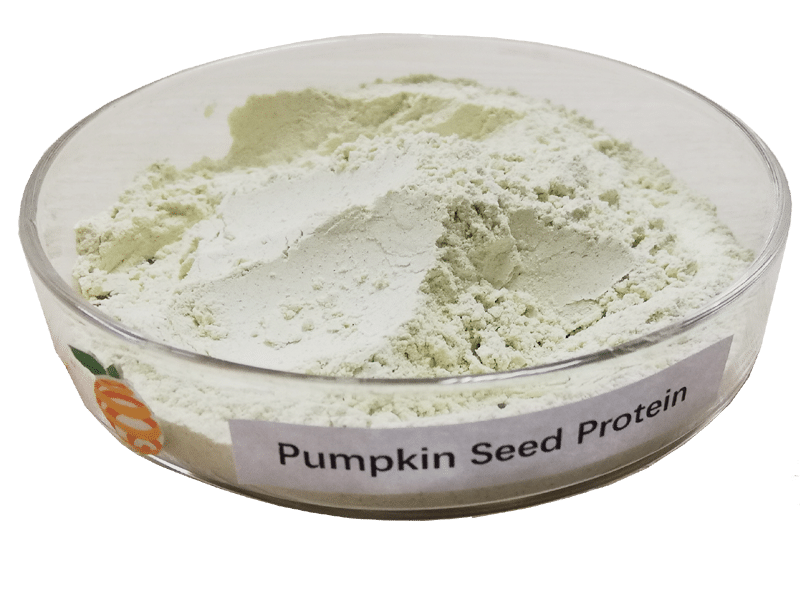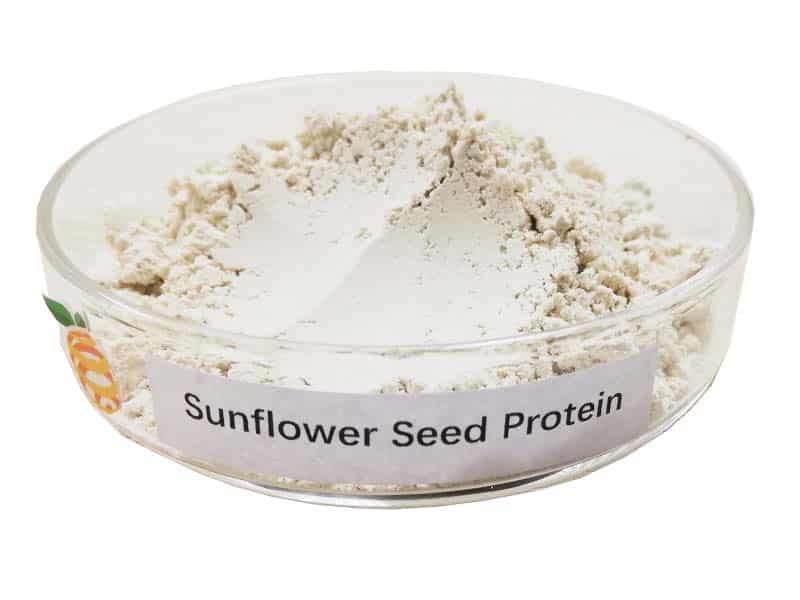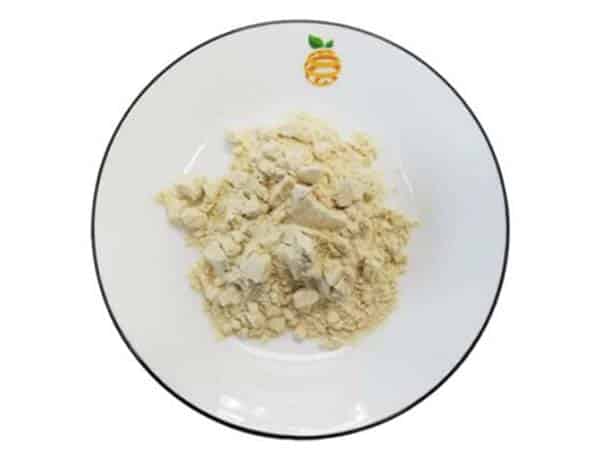NADH to ATP Conversion: Energy Explained
-
Table of Contents
- NADH to ATP Conversion: Energy Explained
- Understanding the Basics: What are NADH and ATP?
- The Electron Transport Chain: Converting NADH into ATP
- Step 1: Electron Donation
- Step 2: Proton Pumping
- Step 3: Oxygen’s Role and Water Formation
- Step 4: ATP Synthesis
- Factors Influencing NADH to ATP Conversion
- Biological Significance and Applications
- Conclusion
- Explore ETprotein’s High-Quality Protein Products
NADH to ATP Conversion: Energy Explained
The conversion of NADH to ATP is a fundamental process in cellular energy production. This biochemical pathway is not only crucial for the survival of almost all forms of life but also a cornerstone topic in biochemistry and cellular biology. Understanding how cells convert the energy stored in NADH into the usable energy form of ATP provides insights into health, disease mechanisms, and the potential for bioenergetic therapies.
Understanding the Basics: What are NADH and ATP?
NADH (Nicotinamide Adenine Dinucleotide Hydrogen) and ATP (Adenosine Triphosphate) are pivotal molecules in cellular metabolism. NADH is a major electron carrier in the oxidation-reduction reactions, crucial for the production of ATP, the energy currency of the cell. Here’s a closer look at each:
- NADH: Formed during glycolysis and the Krebs cycle, NADH holds electrons that are essential for the electron transport chain, where its energy is used to produce ATP.
- ATP: Often referred to as the energy currency of the cell, ATP is a high-energy molecule that stores and transports energy within cells.
The Electron Transport Chain: Converting NADH into ATP
The process of converting NADH to ATP occurs in the mitochondria through a series of reactions known as the electron transport chain (ETC). This section will explore the steps involved in this complex process.
Step 1: Electron Donation
NADH starts the process by donating the electrons it carries to the first complex within the ETC, known as Complex I (NADH dehydrogenase). This donation is the trigger for the rest of the reactions.
Step 2: Proton Pumping
As electrons move through the complexes of the chain, protons (H+) are pumped from the mitochondrial matrix to the intermembrane space. This creates a proton gradient, a form of potential energy.
Step 3: Oxygen’s Role and Water Formation
At the end of the electron transport chain, electrons are transferred to molecular oxygen, which splits and takes up H+ to form water. This step is crucial as it ensures the continuation of the electron flow through the ETC.
Step 4: ATP Synthesis
The proton gradient created earlier drives protons back into the matrix through an enzyme called ATP synthase. This movement powers the conversion of ADP (Adenosine Diphosphate) and inorganic phosphate into ATP.
Factors Influencing NADH to ATP Conversion
Several factors can affect the efficiency of NADH to ATP conversion:
- Oxygen Levels: Since oxygen is the final electron acceptor, low oxygen levels can impede the ETC, reducing ATP production.
- Proton Leak: Sometimes protons leak back into the matrix without generating ATP, which decreases efficiency.
- Uncoupling Proteins: These proteins can disrupt the proton gradient, altering the energy production process.
Biological Significance and Applications
The conversion of NADH to ATP is not just a critical metabolic pathway; it has broader implications:
- Medical Research: Understanding this pathway helps in exploring treatments for mitochondrial diseases and conditions like diabetes and heart disease.
- Athletic Performance: Enhancing the efficiency of this pathway can potentially improve muscle performance and endurance.
- Anti-aging Research: Mitochondrial function is linked to aging, and optimizing ATP production could slow aging processes.
Conclusion
The conversion of NADH to ATP is a complex but beautifully orchestrated process that is vital for life. By understanding this pathway, scientists continue to uncover ways to improve health, treat diseases, and even enhance physical performance. The efficiency of this process affects everything from how we feel daily to how we manage disease and health as we age.
Explore ETprotein’s High-Quality Protein Products
If you are interested in health, nutrition, or biochemistry, consider exploring ETprotein’s range of high-quality protein products. Their offerings are ideal for anyone looking to enhance their health through superior nutrition.
ETprotein is NADH Factory Manufacturer and Supplier in China, Check further information by visiting the NADH Product Page
Request Quotation and Samples of NADH from ETprotein
About ETprotein
ETprotein, a reputable protein and elite nutrition ingredients NADH Chinese factory manufacturer and supplier, is renowned for producing, stocking, exporting, and delivering the highest quality organic bulk vegan proteins and elite nutritional ingredients NADH. They include Organic rice protein, clear rice protein, pea protein, clear pea protein, watermelon seed protein, pumpkin seed protein, sunflower seed protein, mung bean protein, peanut protein. Their offerings, characterized by a neutral taste, non-GMO, allergen-free attributes, cater to a diverse range of industries. They serve nutraceutical, pharmaceutical, cosmeceutical, veterinary, as well as food and beverage finished product distributors, traders, and manufacturers across Europe, USA, Canada, Australia, Thailand, Japan, Korea, Brazil, and Chile, among others.
ETprotein specialization includes exporting and delivering tailor-made protein powder and finished nutritional supplements. Their extensive product range covers sectors like Food and Beverage, Sports Nutrition, Weight Management, Dietary Supplements, Health and Wellness Products, and Infant Formula, ensuring comprehensive solutions to meet all your protein needs.
As a trusted company by leading global food and beverage brands and Fortune 500 companies, ETprotein reinforces China’s reputation in the global arena. For more information or to sample their products, please contact them and email sales(at)ETprotein.com today.

